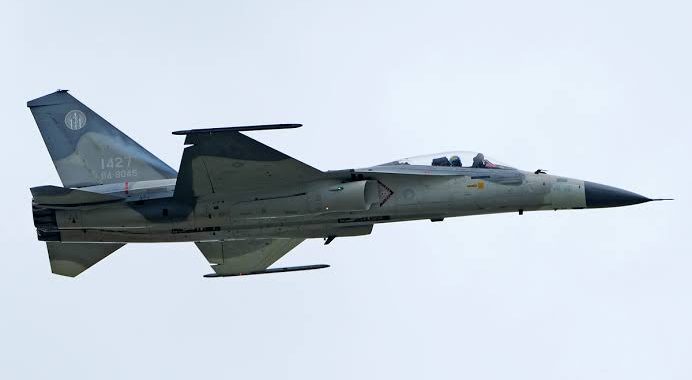Amazing facts about the AIDC F-CK-1 Ching-Kuo; The Taiwanese IDF (Indigenous Defense Fighter)
The AIDC F-CK-1 Ching-Kuo is the IDF (Indigenous Defense Fighter) multirole combat aircraft for the Republic OF China Air Force that was named after the late president of Taiwan named Chiang Ching-Kuo. The aircraft had its first flight back in 1989 and was delivered to the ROCAF back in January of 1994 and entered officially … Continue reading Amazing facts about the AIDC F-CK-1 Ching-Kuo; The Taiwanese IDF (Indigenous Defense Fighter)
0 Comments
